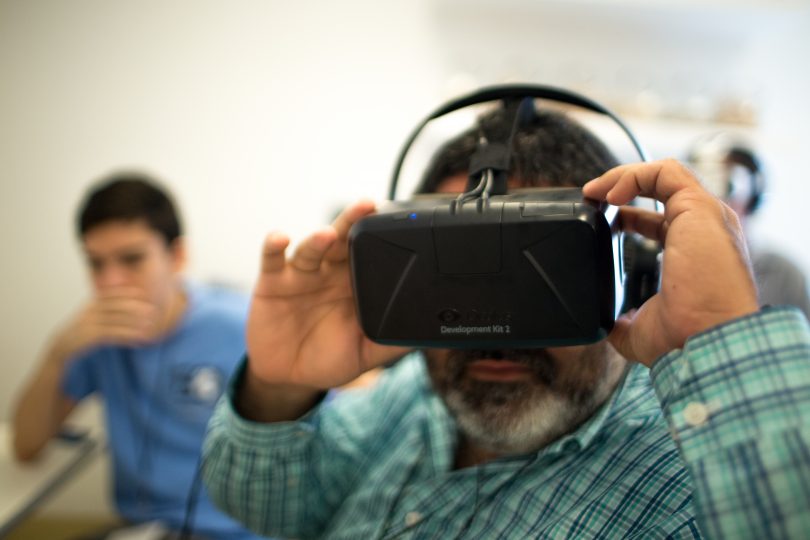As we begin to use technology more, with social media an increasingly influential part of journalism, the industry is changing.
Journalists are moving away from traditional print media, towards the world of multimedia stories, using Virtual Reality and 360 cameras.
With this, however, comes a whole new set of rules and ethics.
Nieman Lab talked to journalists around the globe, to talk about the future of the industry in 2017.
In a lot of these posts, talk was brought to the new technologies being used.
Cindy Royal is a professor of Journalism. Her post says schools of Journalism must move beyond the lecture and notes learning style, to start teaching new journalists about digital, online, data and multimedia skills.
From the classroom to the newsroom, these values will still be important. Joanne Lipman took a newsroom look to journalism in 2017, in her post on Nieman Lab.
She is the Chief Content Officer of Gannett, and she says news is historically slow to adapt to change.
Adopting the changes of drone technologies, for example, will create new, inventive ways of storytelling.
If we’ve moved past purely informing the public, journalists should have more room to explore and play. We can inform with new types of video, audio and image.
It is this approach to journalism in 2017 I most identify with.
Journalism education should change with the tide. Create a generation of new journalists who code, design and innovate with technology.
For now, though, it is time for journalists to discover drone and virtual reality technology, and to have fun with new types of camera equipment and immersive multimedia ways of storytelling.
As a student journalist, I myself am looking to develop skills with these technologies.
I want to try multimedia audio and video stories, play around with virtual reality and even try my hand at drone technology.
It is this which makes the future of journalism fresh and exciting.
(Featured photo by Gabriel Cristover is licensed under CC BY 2.0)

